
Honorary Doctorates
Włodzimierz Trzebiatowski
(1906-1982)
Chemist, professor of the Jan Kazimierz University in Lviv, University and University of Technology in Wrocław, and Wrocław University of Science and Technology.
28 October 1970 – resolution of the Senate UWr
14 November 1970 – promotion ceremony
Promoter: prof. Jan Nikliborc
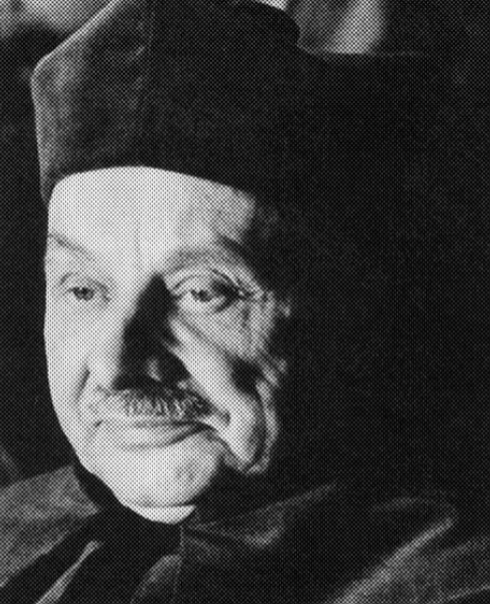
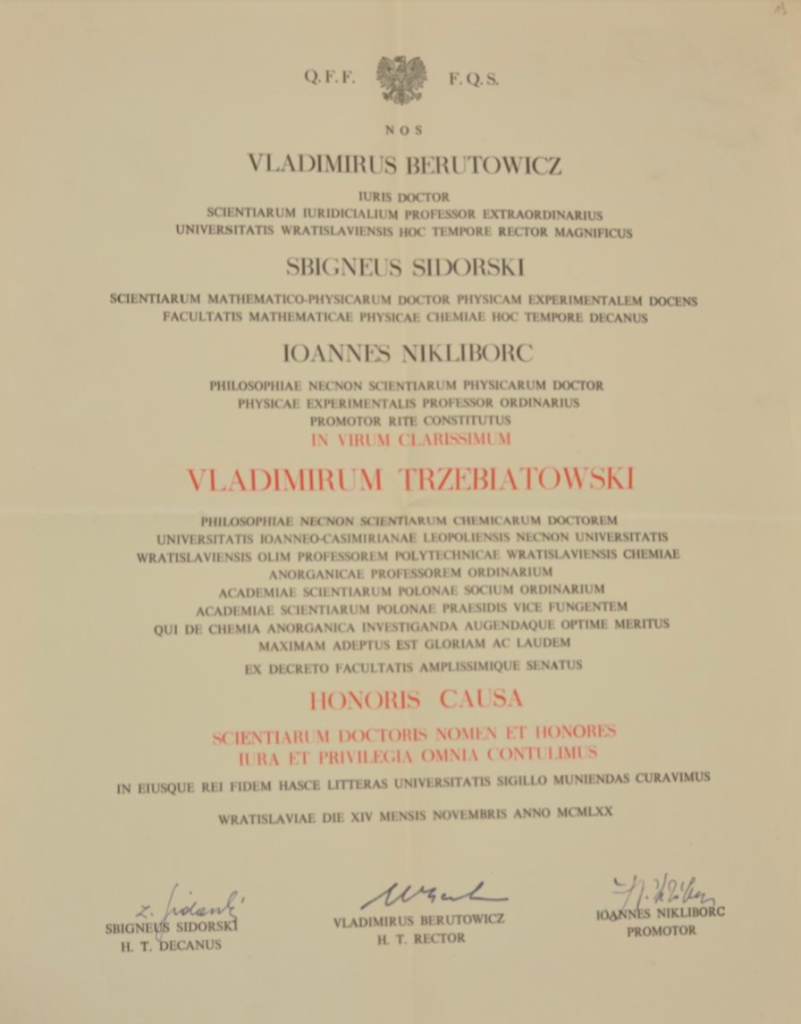
Włodzimierz Trzebiatowski was born on 25 February 1906 in Grodzisk Wielkopolski (died on 13 July 1982 in Wrocław). He studied chemistry at the Lviv Polytechnic (1924-1928). There he started working as an assistant, obtained a doctorate in technical sciences (1931) and habilitation (1935). Simultaneously in the 1930s he was pursuing further studies in Charlottenburg, Zurich, Fryburg, and Stockholm. In 1938 he became affiliated with the Jan Kazimierz University in Lviv, later renamed to Ivan Franko University, and became an associate professor. In the years 1941-1944 he taught chemistry at a vocational school. After the end of the Second World War he settled in Wrocław, where he was one of the organisers of scientific life. In 1945 he became the head of Inorganic Chemistry Department of the University and University of Technology in Wrocław, in 1946 he received the title of professor, and in the years 1950-1951 he was the dean of the Faculty of Physics, Mathematics and Chemistry of said university. Subsequently, after it became independent, he affiliated with the Wrocław University of Science and Technology. In the years 1963-1968 he organised the Structure Research Department of the Polish Academy of Sciences and, after the transformation of the Department into the Institute of Low Temperatures and Structure Research PAS, he was its director (until 1974). Organiser and director of the International Laboratory for Strong Magnetic Fields and Low Temperatures in Wrocław (1968-1982).
Member of the Polish Academy of Sciences, vice-president (1968-1971) and president (1972-1977) of PAS, organiser and president of the Wrocław Branch of PAS. He belonged to the Czechoslovak Academy of Sciences, Bulgarian Academy of Sciences, GDR Academy of Sciences, USSR Academy of Sciences, and many science societies.
Professor Włodzimierz Trzebiatowski specialised in the physico-chemistry of solids, primarily the structure and magnetic properties of chemical compounds and metal alloys. A forerunner and propagator of new physico-chemical methods, such as X-ray structural analysis, electrochemical methods, magnetochemistry, high pressure techniques, high and low temperatures, isotope and radiation techniques.
Piotr Leonidowicz Kapica
(1894-1984)
Physicist, researcher of low temperature physics, discoverer of helium superfluidity phenomenon
29 March 1972 – resolution of the Senate UWr
10 April 1972 – promotion ceremony
Promoter: prof. Bogdan Sujak
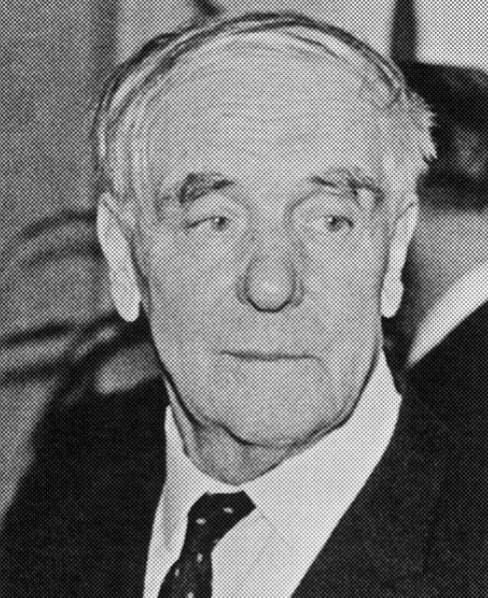
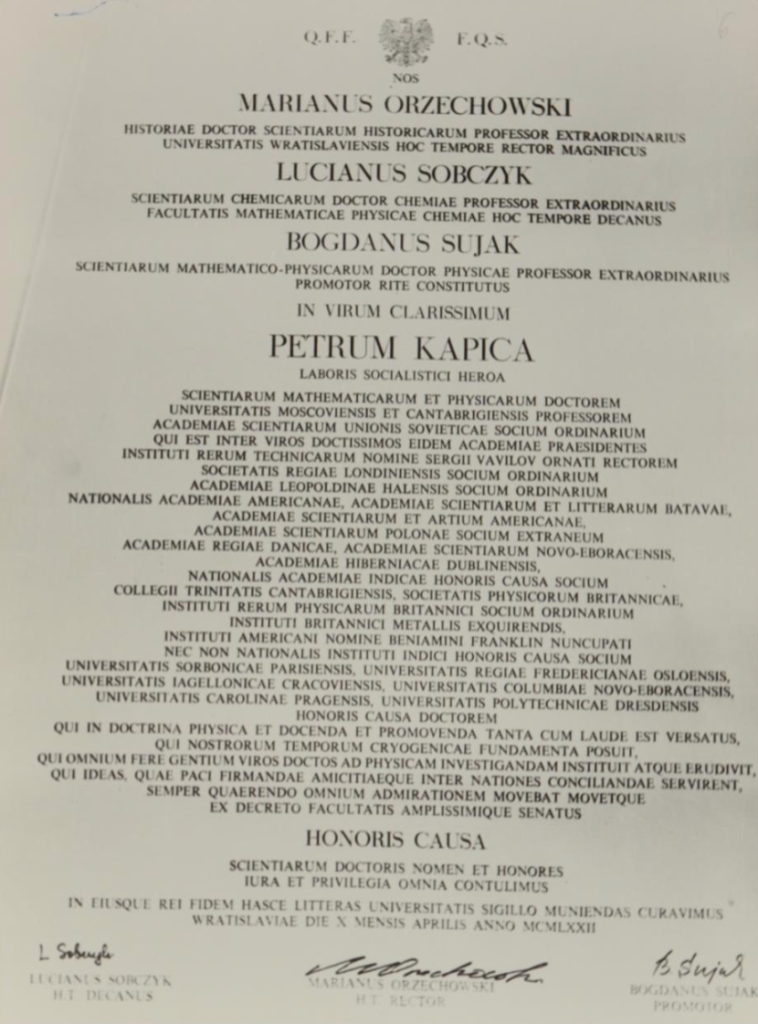
Piotr Leonidowicz Kapica was born on 8 July 1894 in Kronstadt n. St. Petersburg (died on 8 April 1984 in Moscow). After graduating from the Electro-Mechanical Faculty of the Petrograd Polytechnic Institute in 1918, he worked at the State Roentgenologic and Radiologic Institute in Petrograd (1918-1921), then travelled to Great Britain where he pursued further studies (1921-1932), obtained a doctorate and worked at the University of Cambridge. In 1932 he obtained the position of professor, until 1934 he was the director of the Royal Society Mond Laboratory of said university. In 1935 he returned to the USSR and started working at the USSR Academy of Sciences in Moscow (until 1984). In the years 1939-1946 he was also a physics professor at the University of Moscow.
Member of the USSR Academy of Sciences and nearly twenty academies of sciences in Europe, America, and Asia, including Polish Academy of Sciences. He was active in many soviet and international science societies.
Piotr Leonidowicz Kapica initially specialised in the study of properties of radiation emitted during radioactive decay in a magnetic field, then he expanded his research to strong magnetic fields and low temperatures. He constructed apparatus to measure the splitting of spectral lines of atoms in strong magnetic fields (1924) and apparatus for the condensation of hydrogen and helium by adiabatic expansion (1939). In 1937 the Professor discovered helium superfluidity for which he was awarded the Nobel prize in physics (1978).
Theodore E. Madey
(1937-2008)
Physicist and chemist, professor of the New Jersey State University in Rutgers
11 June 2003 – resolution of the Senate UWr
10 March 2004 – promotion ceremony
Promoter: prof. Antoni Ciszewski
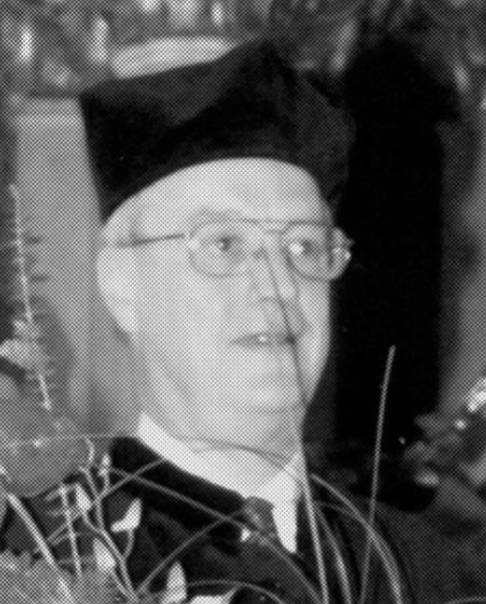
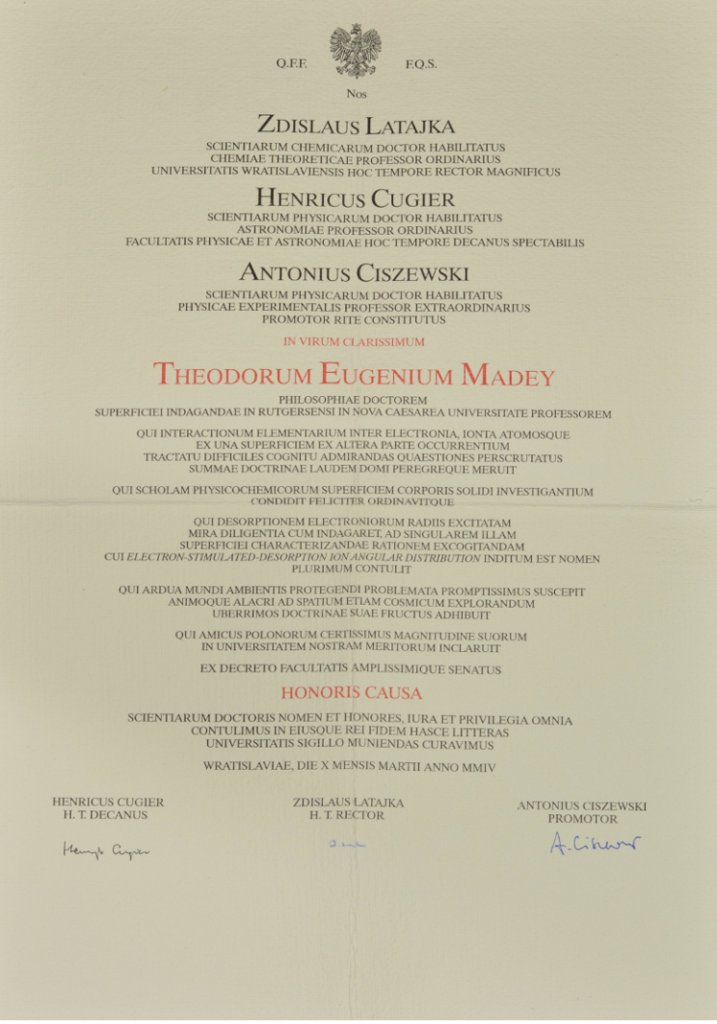
Theodore Eugene Madey was born on 24 October 1937 in Wilmington (state Delaware). He received his academic education in Baltimore, first at the Loyola College, then at the Notre Dame University where in 1963 he obtained a doctorate in physical sciences. In 1965 he became a research staff member of the National Bureau of Standards in Gaithersburg (state Maryland). In 1978 he became deputy head of the Surface Science Department and three years later head of Surface Structure and Kinetics Division. In 1983 he became an independent researcher of said institution. In 1988 he was appointed professor at the University in Rutgers and director of the Surface Modification Laboratory. He taught classes in physics and chemistry.
The works by prof. Theodore E. Madey concern primarily the physical and chemical processes occurring on atomically pure monocrystalline surfaces of many materials using ultrahigh vacuum methods. The phenomena studied by him are, among others: physical adsorption, chemisorption, nucleation and growth of ultra-thin metal films, structure and morphology of surfaces, reactions and catalysis on surfaces, electron emission, ion dispersion, and electron-solid interactions.
Reprinted (post-update) from the home page of the University of Wrocław Museum: http://mbd.muzeum.uni.wroc.pl/dzieje-uniwersytetu/doktorzy-honoris-causa/theodor-e-made
Ernst G. Bauer
(born in 1928)
22 January 2014 – resolution of the Senate UWr
1 October 2014 – promotion ceremony
Promoter: prof. Jan Kołaczkiewicz
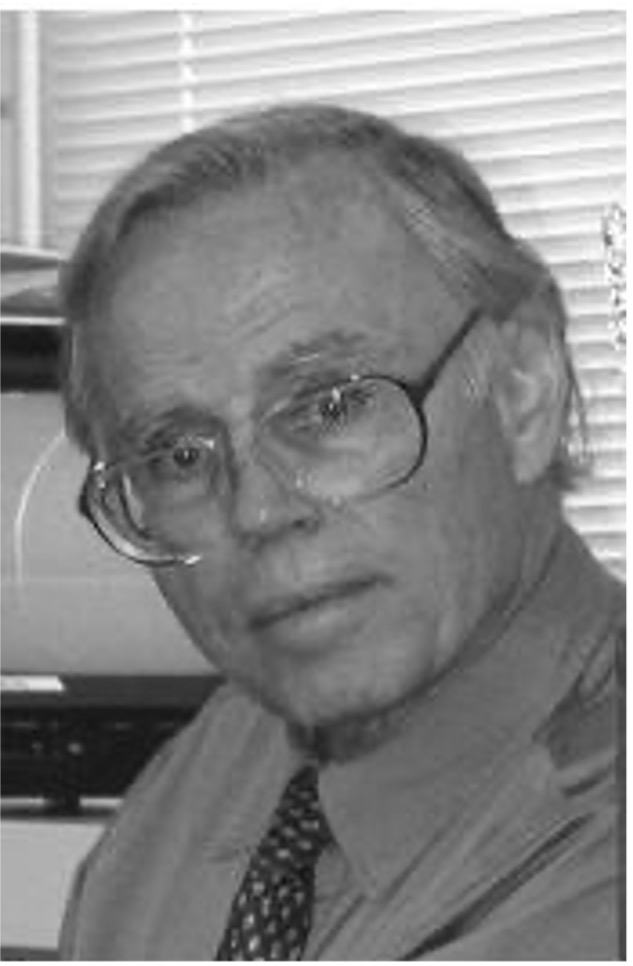
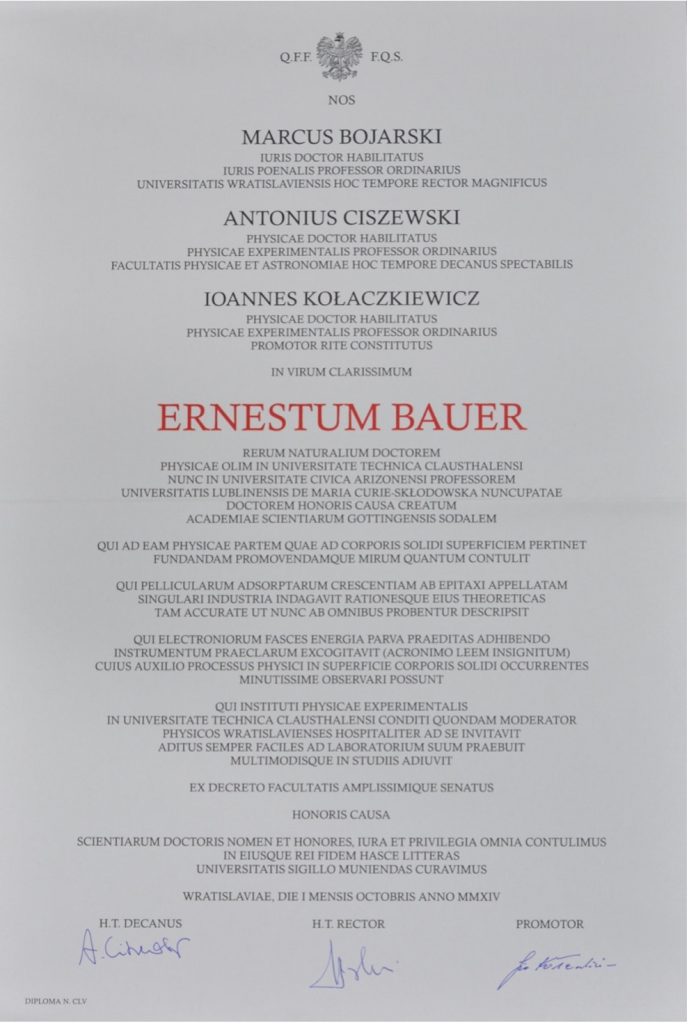
American physicist of German origin. He belongs to the pioneers of surface physics and thin film physics. He studied physics at the Ludwig Maximilians University of Munich. He graduated in 1953 and obtained doctorate in 1955. In 1958 he developed the classification of three mechanisms of growth of thin films that he called the Frank-van der Merwe growth (layer-by-layer growth), the Volmer-Weber growth (island growth), and the Stranski-Krastanov growth (layer + island). This gave rise to the thermodynamic theory of epitaxy used to this day to describe this phenomenon. In 1958 he left for the United States where he headed the Crystal Growth Laboratory at the Michelson Laboratory in China Lake, California. He then assumed American citizenship.
In 1969 he returned to Germany, became professor and director of the Institute of Physics at the Clausthal University of Technology. In 1991 he began cooperation with the Arizona State University. He worked on the low-energy electron microscopy (LEEM) technique which led to the development of the LEEM microscope. He then broadened the scope of the LEEM technique by two new surface imaging methods: spin-polarized low-energy electron microscopy (SPLEEM) and spectroscopic photoemission and low-energy electron microscopy (SPELEEM). Combining those methods allows to precisely characterise (structurally, chemically, magnetically, and electronically) surfaces and thin films on the size scale of 10 nm.
Shūji Nakamura
(born in 1954)
25 March 2015 – resolution of the Senate UWr
17 September 2015 – promotion ceremony
Promoter: prof. dr hab. Detlef Hommel
Prof. Shuji Nakamura and HM Rector of the University of Wrocław prof. dr hab. Marek Bojarski
Photo by J. Katarzyński [in: Przegląd Uniwersytecki 4, 209, 2015, p.25]


Born in Japan American electronic engineer and inventor specialising in the field of semiconductor technology, professor at the College of Engineering of the University of California, Santa Barbara (UCSB), he is considered to be the inventor of the blue LED diode, a breakthrough in lighting technology.
Nakamura holds over 100 patents. In 2008, along with other UCSB professors, Dr. Steven DenBaars and Dr. James Speck, he founded Soraa, the creator of semiconductor lighting technology based on pure gallium nitride substrates.
In 2014 r. – along with prof. Isamu Akasaki and prof. Hiroshi Amano – he became a laureate of the Nobel prize in the field of physics “For the invention of an efficient blue light-emitting diode that can provide bright and energy-efficient white light.”
Nakamura also worked on green LED diodes and is responsible for creating white LED diodes and blue laser diodes used on Blu-ray and HD DVD discs.
In 2015 his contribution in commercialisation and development of white LED lighting technology was recognised with the Global Energy Prize.
Klaus Wandelt
(born in 1944)
Chemist, professor of the Bonn University
23 September 2020 – resolution of the Senate UWr
1 October 2021 – promotion ceremony
Promoter: prof. dr hab. Marek Nowicki
Professor Klaus Wandelt was born in 1944. In 1971 he graduated in chemistry from the University Hannover. In 1975 he finalised his doctoral thesis, written under the supervision of prof. Gerhard Ertl, later a laureate of the Nobel prize in the field of chemistry. In 1981 he obtained habilitation at the Munich University where he worked as a professor until 1986. He spent the next two years in Berlin as the head of a research group at the Fritz Haber University and as a professor at the Free University. In the years 1988-2010 he was a professor and director of the Institute of Physical and Theoretical Chemistry at the Bonn University.
The main field of professor Wandelt’s scientific activity concerns the physics and chemistry of solid surfaces in contact with vacuum, gasses, and electrolytes. In his research he uses complementary measurement methods: spectroscopic, electrochemical, and microscopic in high resolution. His works are of major importance both from the point of view of primary research into understanding phenomena occurring at the nanometre scale and applications in, for example, fuel cells, heterogeneous catalysis and nanotechnology.
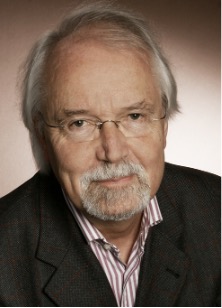
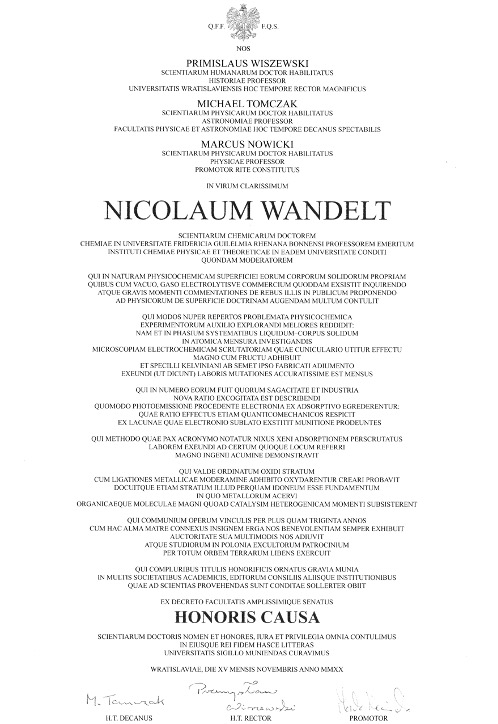
Professor Wandelt is an outstanding scientist and didactician. He is the author or co-author of over 500 original scientific articles published in journals with recognised international prestige. His scientific works have been cited over 10 000 times and his Hirsch factor is 50. Professor Wandelt gave over 400 conference talks, including over 150 invited talks. He is also a co-author of over 900 short presentations, both oral and in poster form. Moreover, professor Wandelt is an editor of over 20 scientific publishers that currently are a very valuable, and in many cases core, compendium of modern knowledge in the field of the widely understood, primary and applied, surface sciences. He is the promoter of 110 master’s theses and 85 doctoral dissertations, as well as the supervisor of 35 scientists during long-term postdoctoral internships.
Professor Wandelt has held honorary offices in the European Chemical Society, International Union for Vacuum Science, Technique and Applications, and German Physical Society. Professor Wandelt is an honorary doctor of the Leipzig University, an honorary member of the Institute of Physics in Zagreb, and he received honorary medals awarded by the Institute of Physical Chemistry PAS in Warsaw and the Croatian Society for Natural Sciences.
Professor Wandelt has been involved with the Institute of Experimental Physics UWr for over thirty years. Many times he participated in international conferences on surface physics organised by IEP, giving invited talks. Staff, PhD students and students of IEP had opportunities to conduct research in Bonn as part of scientific internships and preparation of diploma theses. From 2010 to 2014 he was a visiting professor at the University of Wrocław. He delivered series of semester lectures on the physico-chemistry of surfaces, electrochemistry, and liquid-solid phase systems.
With the support of prof. Wandelt, IEP obtained an electrochemical scanning tunneling microscope with which world-class research in electrochemistry and liquid-solid phase systems has been conducted since 2013. Inspired by prof. Wandelt, the prestigious ECOSS-28 congress (28th European Conference on Surface Sciences) was held in Wrocław in 2011, attended by more than 650 scientists from around the world. The long-standing cooperation with prof. Wandelt resulted in nearly 30 publications in journals and books and over 60 presentations and conference posters.
